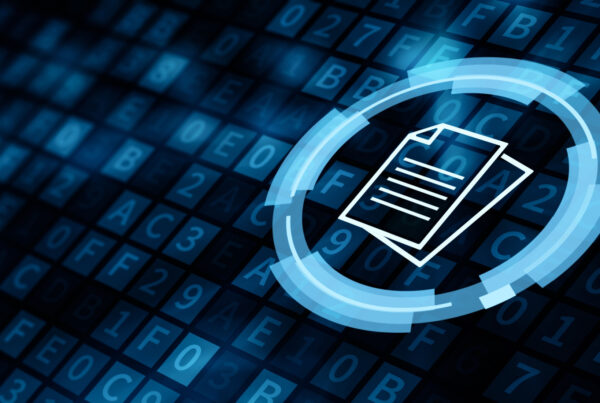Wow! I was working when it all started
A year before I started work in 1979, a fourteen-year-old, Shiva Ayyadurai, wrote a program called EMAIL for the University of Medicine and Dentistry of New Jersey, which sent electronic messages within the university.
There is a controversy as to whether Shiva or Ray Tomlinson, who in 1971 put the @ into {user name}@{computer name}, was the founder of electronic mail.
Regardless, it’s likely that at some stage you have thought that email is an awesome business and personal tool.
Who’s the boss?
You may also, like me, have now come to see it as the master rather than the slave.
It has been estimated that office workers spend around 40% of their day dealing with email.
The volume of mail being processed (per Radicati Group in 2015) by the 4.4 billion registered email addresses in the world was estimated at 205 billion per day.
That is 45 emails per address and this looks low, by a factor of at least three, compared to a typical day for my business mailbox.
Delete and unsubscribe
It is possible to be distracted all day by incoming emails if you do not adopt a systematic approach.
I’ve recently chosen to dip in only a couple of times a day and then only review and act where necessary saving the rest for the delete key at the end of the day.
In the last couple of days, I’ve started operation unsubscribe and have yet to see the difference but believe the investment in my time will be rewarded.
Can I fall in love with email again?
If I visited an email counsellor they would probably tell me to remember the good times.
I recall engaging with email at work in the late eighties and at home a little later.
It replaced the letter and the fax and reduced reliance on the telephone at what at the time seemed like game-changing speed.
There is nothing today that matches the sound of the dial-up connection or its fragility, I believe the blue screen of death was initially black. I can’t recall the buffering symbol.
What’s not to like?
It’s a direct means of contact for both personal and business communication.
- The initial upsides have been overtaken somewhat by the habits we all develop to CC and BCC everyone on anything that may remotely concern them.
- In business, we sometimes see a negotiation by email, which often ends in failure, but can also lead to an agreement being documented in one or several emails held in an individual’s inbox.
It’s a great delivery mechanism.
- We can attach all types of documents and send them to the recipients but in business, this can result in each employee having a repository of documents that may or not be the final version of a business-critical agreement.
- These so-called silos of information can mean that a business significantly under-utilises its business information assets.
- In both personal and business life we may keep duplicates of or worse still delete key documents.
It can be a great educational tool.
- We can subscribe to newsletters and receive offers for things we are interested in.
- The downside is we can also receive a lot of newsletters and offers for things that do not interest us.
- That flood of papers that were offering all sorts of bargains through my letterbox in the 90’s now arrives in my inbox.
Is the direct mail revolution soon to be limited by GDPR?
- The spam filter gets a lot, but not all, of it, and being too vigorous can result in some false positives. Don’t you find it’s always the email you needed badly that gets trapped in the spam?
Then there are notifications from all those applications that tell you, there is something new to do.
- It’s better to visit the applications on a systematic basis and switch off the email notifications than to have the continual pings.
Stop moaning! What can I do?
I see the direct communication via email being beaten on many fronts.
- There are, in many instances, a place for texts, instant messages, Teams, phone calls and face-to-face meetings ahead of email as the chosen medium of communication.
- Planning and scheduling these interactions, rather than interrupting, being the rule of the day.
- Email can be reserved for those communications where you need an audit trail of the conversation or are impacted by time zones or availability.
I now see the greatest strength of email as a delivery mechanism. For example, I prefer to receive an invoice attached to an email rather than having to sign in to, and fetch it from, a portal.
- But what about those business silos of information I mentioned?
- Email is not a good document repository.
- Filing all those attachments on a hard drive local or network is not the answer either.
- To be able to search both the email content and the attachments in a secure store that enables access to only those who should have access to the information a business needs electronic document management integrated with email.
In many instances, the email and or its attachment can be the start of a workflow and that’s where capture technology and business process workflow can make all the difference.
A whole business process can be handled through automation, for example, dealing with supplier invoices with an automated accounts payable solution.
The beauty of email management and automation is that the email is marked as processed, reducing your need to work on it, and leaving you more time to consider whether to read, delete or unsubscribe from all that direct mail that may try to clutter up your inbox.



